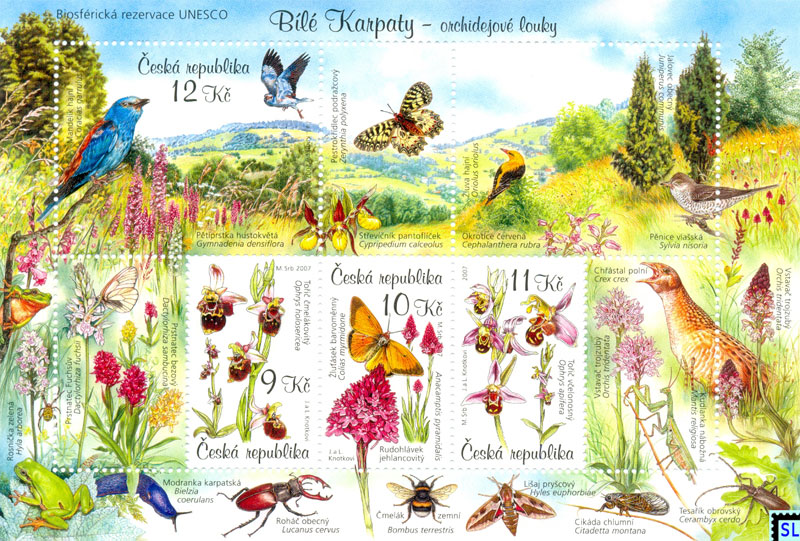Michael McCarthy has published a powerful, sensitive new book, The Moth Snowstorm: Nature and Joy, a book about the wonders of the natural world and about its decline. In a chapter called “The Great Thinning,” McCarthy, a highly regarded British environmental journalist, notes the difference between extinction at the national level and extinction at the local level. He observes that among birds “there were only two national extinctions in Britain in the post-war period,” the red-backed shrike and the wryneck. “But the number of birds which have declined so much as to be locally extinct, over great swathes of the land, is hugely higher.”
The same is true of wildflowers and butterflies, especially butterflies, which are dear to McCarthy’s heart. In the postwar years, there have been three national extinctions, he writes, “but since the butterfly recording schemes first started, nearly three-quarters of our fifty-eight remaining species have declined and disappeared over much of the country.” In other words, counting the number of species lost doesn’t even begin to reflect the number of individuals lost. Between 1970 and 2013, “the combined population of nineteen farmland bird species” in Great Britain dropped by 56 percent. And since they were declining well before that, “the real figure is obviously much larger; and so with the insects; and so with the flowers.”
The picture is no different in North America. According to a new report from Partners in Flight, a coalition of organizations including the National Audubon Society and the Cornell Lab of Ornithology, forty-six common land-bird species have lost “half or more of their populations—a net loss of 1.5 billion breeding birds” since 1970. (This is to say nothing of waterfowl, shorebirds, seabirds, and rare or threatened species.) Twenty-four of those species have lost between 50 and 90 percent of their 1970 populations. These are astonishing numbers and, like most astonishing numbers, it’s hard to know how to feel their weight. We’ve grown sadly accustomed to the tragedy of the few—to seeing a rare species on the cusp of disappearance, like the black rhino or the lowland gorilla. But this is the tragedy of the common.
As species crash and vanish, the world loses diversity, something it’s been doing for centuries. But the loss of abundance is even more startling. Nature is simply not as full as it once was. Consider the creatures in my own fields. Bobolinks have declined in the US by 74 percent since 1966. Chimney swifts have declined by 72 percent in the same period. As for the solitary monarch butterfly I saw making its way over the goldenrod a couple of weeks ago, that species is declining as well, especially its western population. Something similar has happened to many species: they continue to exist but in greatly diminished numbers, which means that the species itself has a far more tenuous hold on existence. But it also means that the numerical robustness, the plenitude within nature, has dwindled. It’s like looking into the sky and discovering that thunderheads are no longer dark and towering but only faint wisps of themselves.
Source: The New York Review of Books, 22 December 2016 issue
http://www.nybooks.com/articles/2016/12/22/whats-happening-to-the-bees-…

- Login om te reageren
